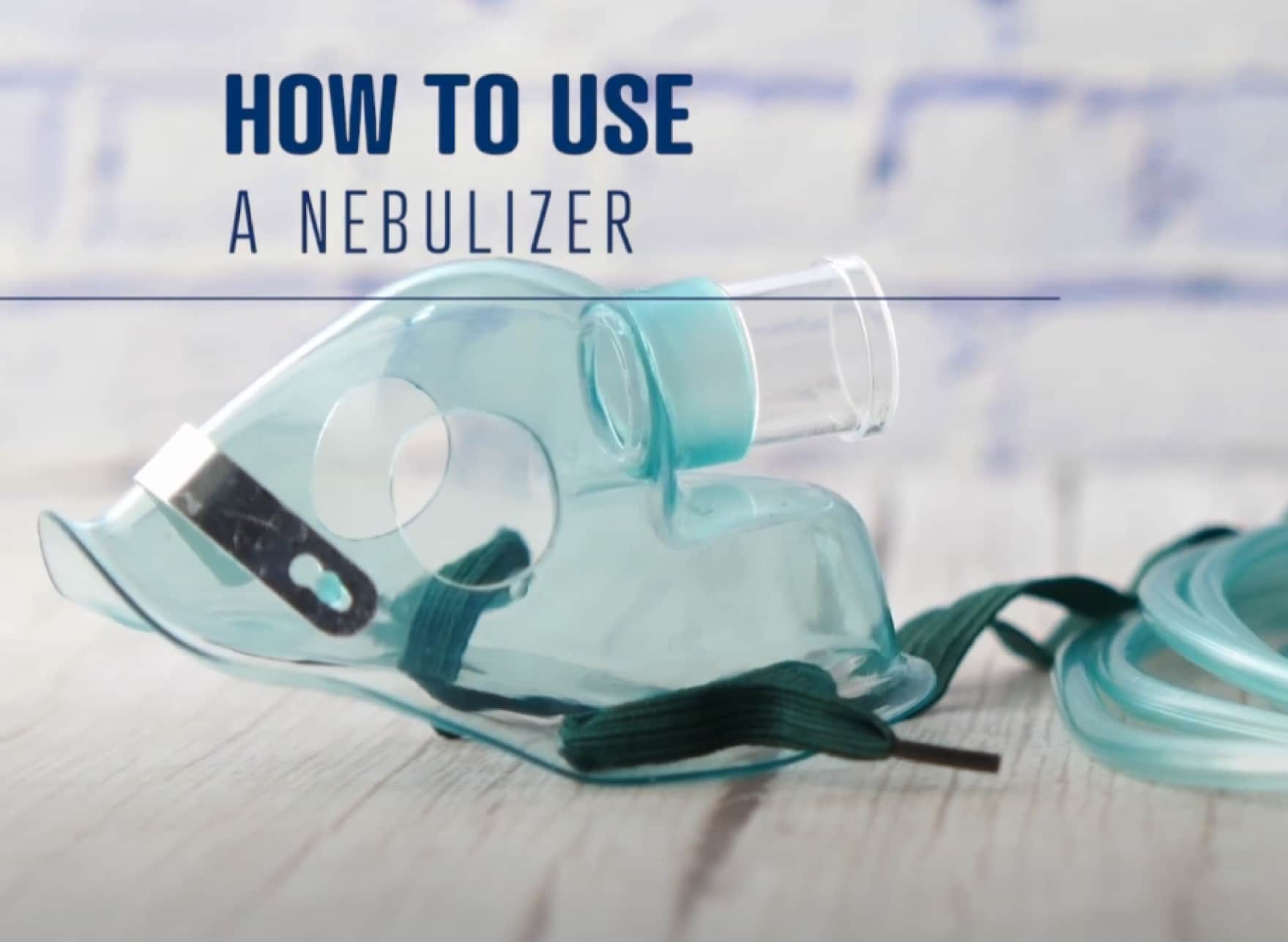Hospice Care vs. Palliative Care
EducationWhat is Pre-Hospice Palliative Care?

There are some palliative care programs available in the healthcare community that are pre-hospice, meaning that patients may continue to receive curative care while they are benefitting from the services of these palliative care programs. These programs may include a palliative care team in a hospital, a palliative care team associated with a cancer center, or home-based palliative care programs administered by home health care companies, hospice companies, or specialized palliative care physician groups.
The Two Goals of Palliative Care
These pre-hospice palliative care programs typically have two sets of goals. The first goal is to ensure that the patient and family completely understand the patient’s disease process, their treatment options, and what they can expect if they continue to pursue curative care. This decision support is a critical aspect of palliative care. The second goal is to provide comfort.
This first goal includes understanding and explaining the patient’s and the family’s goals and wishes, as well as their culture, values, beliefs, and unique family dynamics. In connection with this first goal, the palliative team may also undertake advanced care planning, which involves documenting the patient’s wishes in terms of assigning a representative to speak for them when they are no longer able to make decisions for themselves, and documenting the type of care they wish to receive in the future—and what care they wish to avoid—as their condition changes.
The second goal of pre-hospice palliative care is comfort. Thus, pre-hospice palliative care programs will typically have specialized expertise in addressing intractable physical symptoms. Pain, nausea/vomiting, shortness of breath, constipation, restlessness, and anxiety are some symptoms that typically accompany advanced illness, and the palliative team is uniquely situated to address these symptoms. Emotional and spiritual distress is also a significant issue in patients with advanced illness, and the palliative care team is trained to address these needs as well.
Hospice Care vs. Palliative Care: The Two Key Differences
Much of what has been described above can also be used to describe hospice care, with two key differences. The first difference is that hospice care is palliative care that is provided to patients with a prognosis of six months or less, when curative care has been completely withdrawn. The second difference is that unlike the pre-hospice palliative programs described above, which are developed and administered by the organizations which offer them without much formal structure or oversight, hospice care is highly structured and tightly defined.
How Hospice Care Works and What it Includes
The U.S. Congress codified the Medicare Hospice Benefit in 1983, with a set of Conditions of Participation (COP) that can be found in the Federal Register. These Hospice Conditions of Participation, along with Hospice Interpretive Guidelines, describe in detail the type of care that is to be provided for Medicare Hospice Benefit.
Care must be delivered by an interdisciplinary team, including physicians, nurses, aides, social workers, and spiritual advisors. The hospice company must also provide physical therapy, speech therapy, and occupational therapy, as needed. Care can be delivered and billed according to four levels of care: routine levels of care; continuous care, general inpatient care, and respite care.
Additionally, hospice care must include medications related to the hospice diagnosis and medical equipment required to bring comfort to the patient. The hospice must be available twenty-four-seven to address issues as they arise, and the hospice program must have a volunteer program, with volunteer hours totaling five percent of the total care hours provided.


